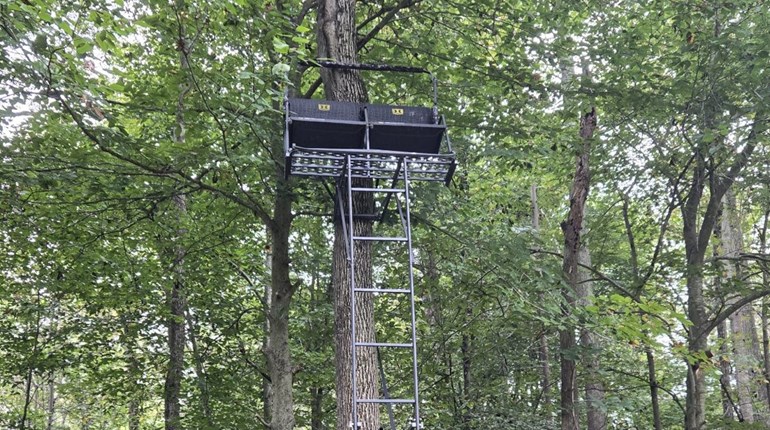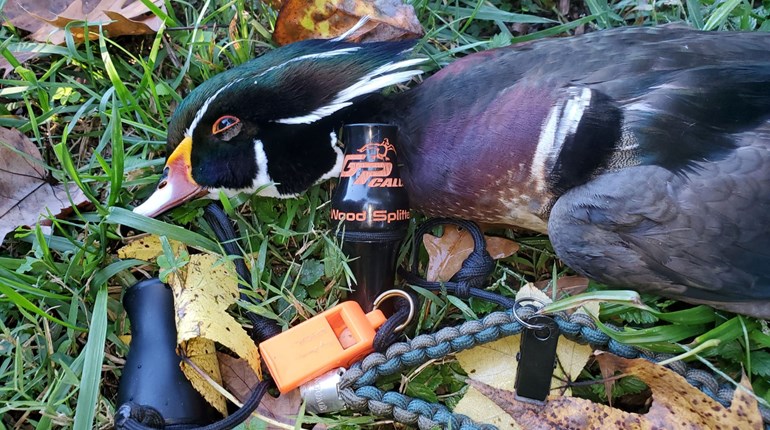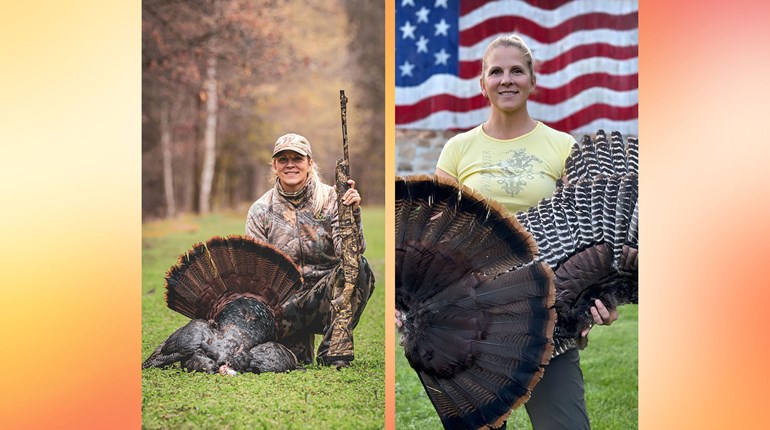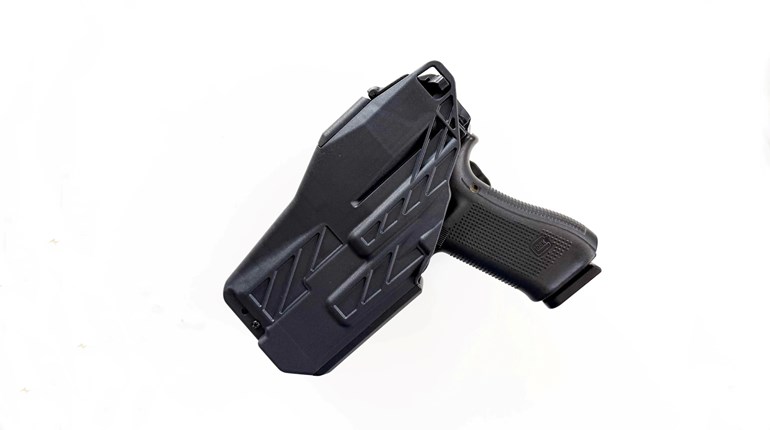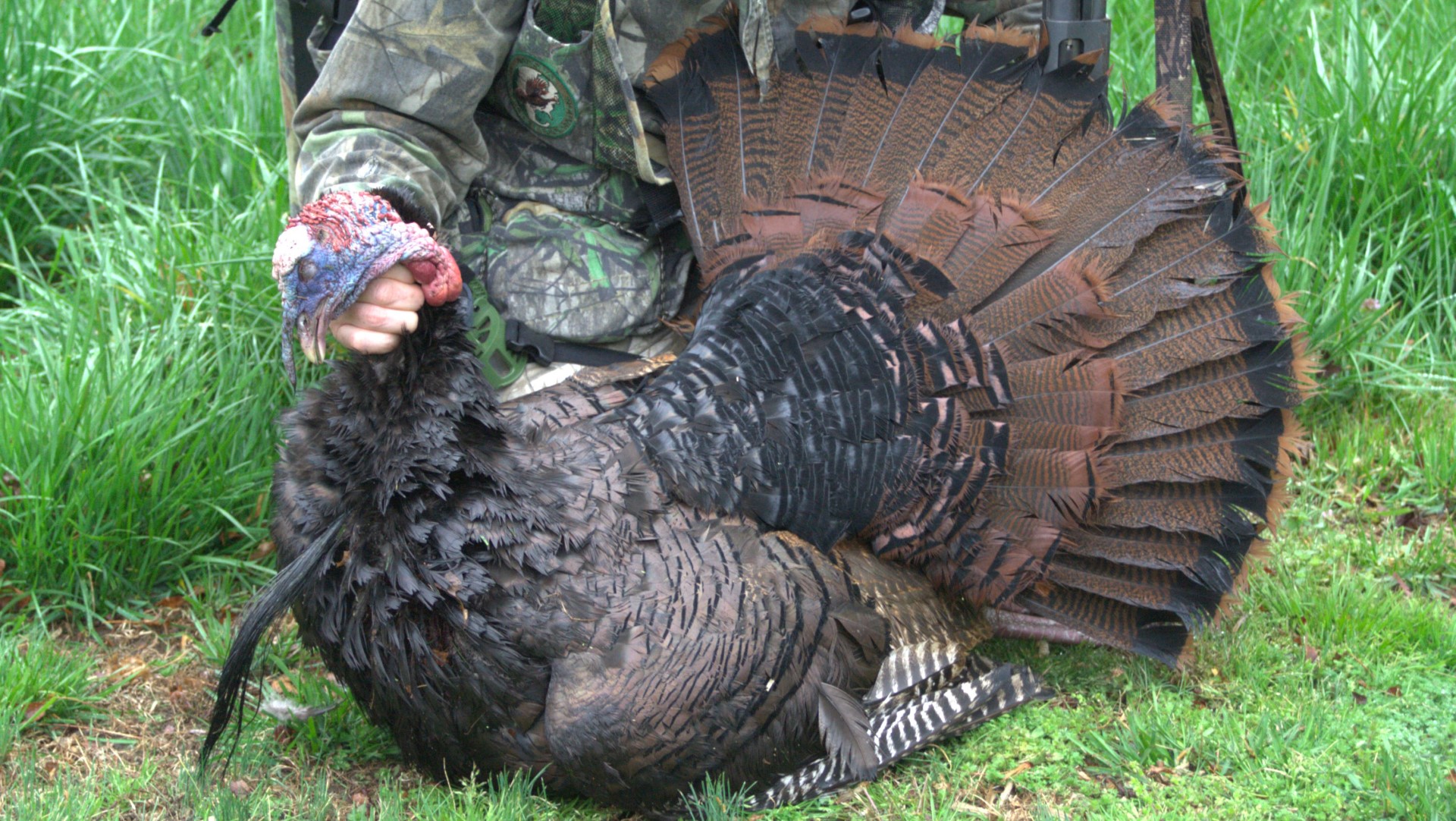
Early mornings and sleepless nights invested in getting your sights on a magnificent spring gobbler are about to be cashed in. He is strutting in front of you with all his glory and you press the trigger … and he runs off unscathed. It happens to all turkey hunters eventually. We make a mistake of some sort and all the excuses in the world won’t bring that tom back or change the outcome. Well, not this time, anyway. Here are the five common reasons we miss turkeys and what to do to avoid these mistakes next time!
Range
Sometimes a big old gobbler is so eager to come to us that we get in a rush to shoot him, or maybe he stops to strut just a bit further than we thought and we get excited and pull the trigger. This bird was out of range. Sure there are a lot of modern-day loads that claim to put gobblers on ice at 50+ yards, but should we shoot that far? I prefer not to do so.
Before I shoot at a bird, even before I really begin my hunt, I try to range various things in my view to get an idea where 30 or 40 yards is so I can make a quick decision when a gobbler stops and is hesitant to come closer. For new hunters I try to place my decoy at the maximum range that they should shoot to make it easy for them to know when it is a good shot.
Obstacles in the way
Generally, my shots are very carefully taken and many are in very clear areas such as fields. However, sometimes we hunt in the woods and there may be brush or saplings in the way. If you have your shooting lanes picked out, it should not happen. But if the gobbler is not squarely in the lane or does something unanticipated (which they are professional at doing!), then shots may be fired in areas not fully scoped out ahead of time.
Take a second to open both eyes and see where you are shooting just before you press the trigger! Close objects can be blurry when focusing on a turkey’s head.
Get your face down on the stock
This mistake has undoubtedly saved hundreds of gobblers. The old boy is gobbling his fool head off and wheeling around the decoys. We are watching in awe and then realize it is game time and the trigger needs pulled. We hurriedly make an effort to get on the gun and BOOM! If our face wasn’t firmly on the stock looking down the rib of the shotgun at the top half of the bead, the shot goes high. The bird jumps higher after the shot and then beats feet and wings for the next county. The easy solution is to practice your shooting form, get the gun shouldered correctly with your face down and then send the load downrange.
Bad patterns
Yes, we should pattern our shotguns. Yes, turkey loads are very expensive. However, would you rather miss and have to go get up well before dawn multiple other times, or would you rather take the bird home the first time you get a shot? The answer is clear: Pattern the gun at 30 yards with a 30” circle and a full choke or turkey choke, and then know you will hit him when the time comes. One popular brand of shells had a slogan that said something along the lines of, “I did not come all this way to miss!” I agree fully.
Blindsided
Long ago I made it my business to learn to shoot with both hands as effectively as I could. I have been asked countless times about how often I have shot deer or turkeys with my less dominant hand. The answer for deer is nearly 40% of the time. For turkeys it is about 15% of the time. If I had not been able to shoot with my other hand I would have left a number of gobblers in the woods. Sometimes they just come from an unexpected direction and they require a shooting position that is different. Turkeys have very keen eyesight and an even better sense for danger. Thus, it may be prudent to switch hands on the gun rather than try to twist all the way around and risk shuffling in the leaves and drawing even more attention to your position.
There is plenty of season left, so take the time to go over these common mistakes ... leave the excuses in the woods and leave with the turkey, not the other way around!














